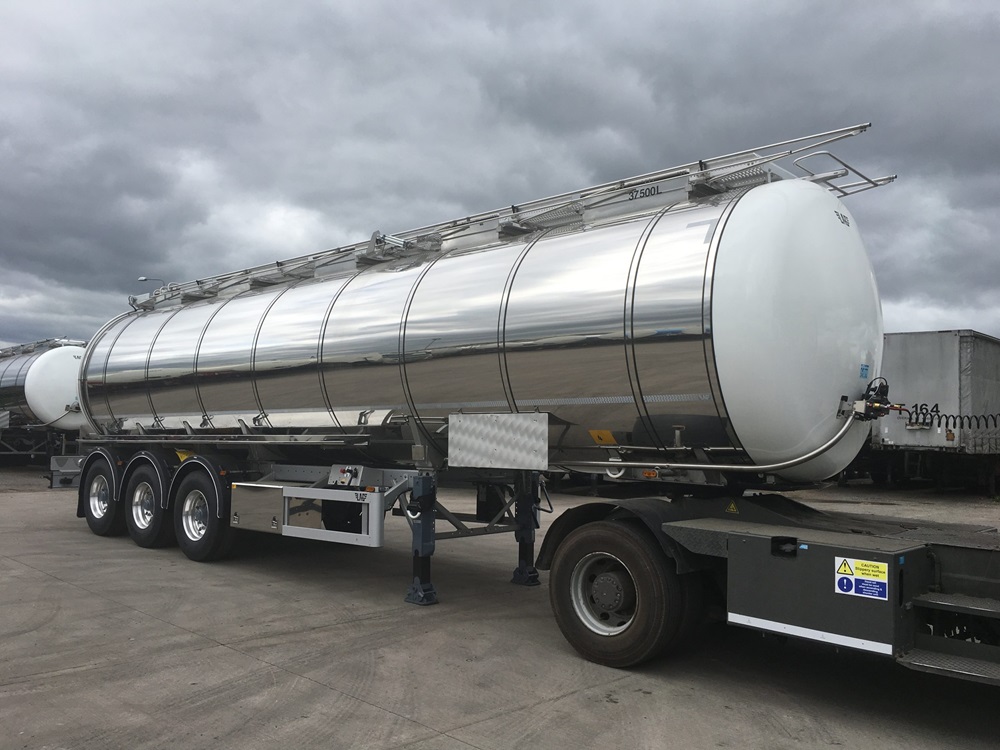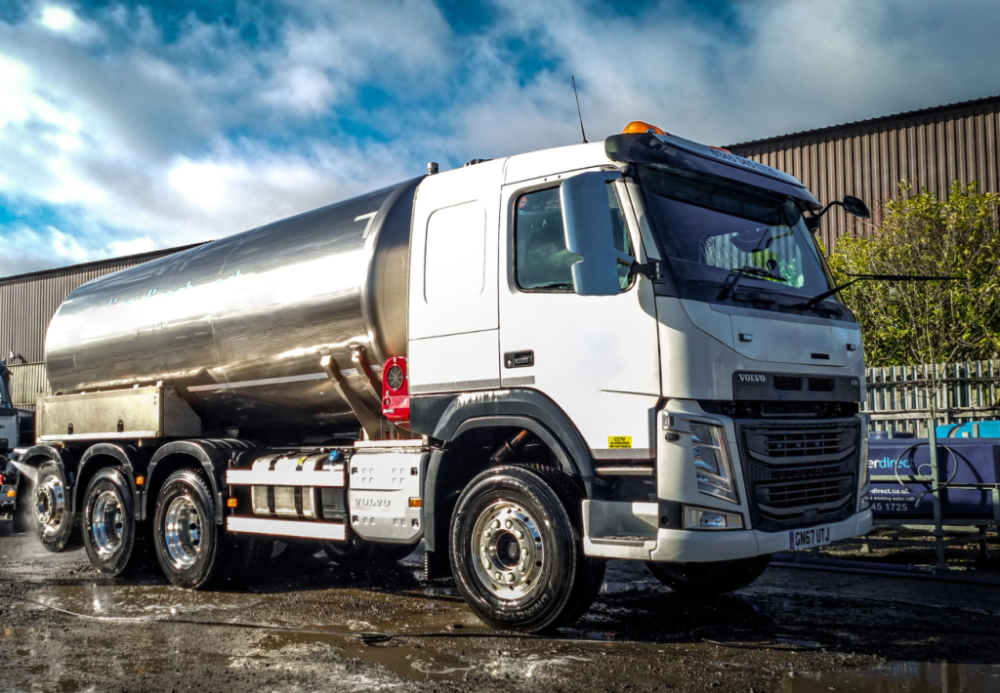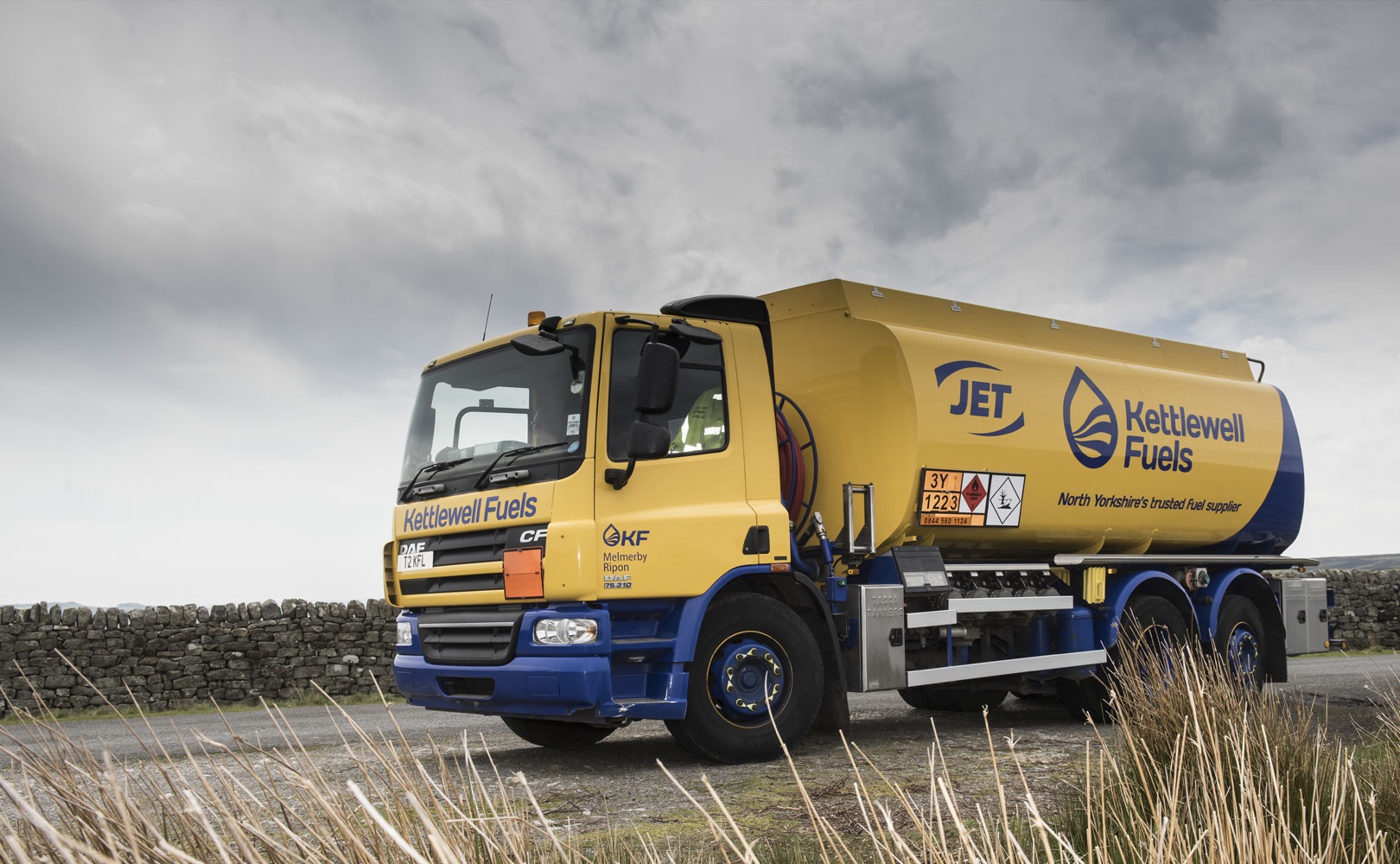A GP (general purpose) fuel tanker is a type of tanker truck designed to transport a variety of fuels, including diesel, gasoline, and aviation fuel. These tankers are typically used to deliver fuel to commercial and industrial customers, such as factories, power plants, and construction sites.
GP fuel tankers are typically made of stainless steel or aluminum and have a capacity of 30,000 to 45,000 liters (8,000 to 12,000 gallons). They are equipped with a variety of safety features, including fire suppression systems, spill containment devices, and overfill prevention systems.
GP fuel tankers are an essential part of the fuel distribution system. They ensure that businesses and consumers have a reliable supply of fuel at a competitive price.
Here are some of the benefits of using GP fuel tankers:
- Safety: GP fuel tankers are designed with safety in mind and are equipped with a variety of safety features to prevent accidents.
- Efficiency: GP fuel tankers can transport large volumes of fuel, which reduces the number of trips that need to be made. This saves time and money.
- Versatility: GP fuel tankers can be used to transport a variety of fuels, which makes them a versatile asset for businesses.
Overall, GP fuel tankers are a safe, efficient, and versatile way to transport fuel. They are an essential part of the fuel distribution system and play an important role in keeping our economy running smoothly.





